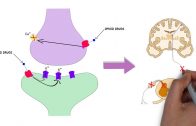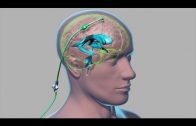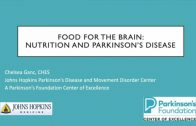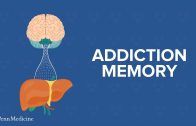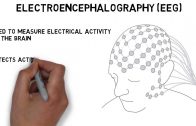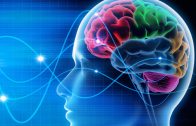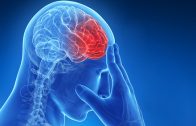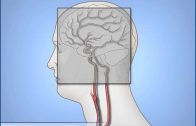2-Minute Neuroscience: Opioids
In this video, I discuss a few of the ways opioid drugs affect the brain, as well as the basis for opioid tolerance and withdrawal.
TRANSCRIPT:
Welcome to 2 minute neuroscience, where I explain neuroscience topics in 2 minutes or less. In this installment I will discuss opioids.
The term “opioid” refers to substances that bind to opioid receptors, usually to exert pain-relieving effects. Opioids can be found naturally in the opium poppy, or they can be partially or completely synthetic. In addition to pain relief, opioids also cause sedation, anxiety reduction, and euphoria, along with a variety of other effects.
When opioids bind to opioid receptors, they promote potassium conductance, which makes a neuron less likely to fire an action potential, and they inhibit calcium conductance, which makes a neuron less likely to release neurotransmitters. What effect these actions have depends on where the receptors are found. When opioid receptors on neurons in the spinal cord that carry information about pain are activated, it can inhibit the transmission of pain information to the brain.
Opioids can also act on descending pain modulatory systems to reduce pain. For example, by binding to receptors an area of the brainstem called the periaqeuductal gray, opioids can prompt the inhibition of pain signaling in the spinal cord via a pathway that first synapses in the medulla.
Opioids can reduce the emotional impact of pain by acting in brain regions like the anterior cingulate cortex, and they increase dopamine levels in areas like the nucleus accumbens, which may contribute to the reinforcing qualities of the drugs.
Exposure to opioid drugs leads to tolerance, which involves a decreased response to the drug and a need to take more to produce the same effect. The mechanisms of opioid tolerance aren’t fully understood, but they’re thought to involve adaptive changes like a reduction in the number of functional receptors for the drug to act at. Adaptations in response to the presence of the drug also lead to dysregulation when the drug is removed, and withdrawal effects that are opposite in many ways to the typical effects of the drug.
References:
Bailey CP1, Connor M. Opioids: cellular mechanisms of tolerance and physical dependence. Curr Opin Pharmacol. 2005 Feb;5(1):60-8.
Corder G, Castro DC, Bruchas MR, Scherrer G. Endogenous and Exogenous Opioids in Pain. Annu Rev Neurosci. 2018 Jul 8;41:453-473. doi: 10.1146/annurev-neuro-080317-061522. Epub 2018 May 31.
